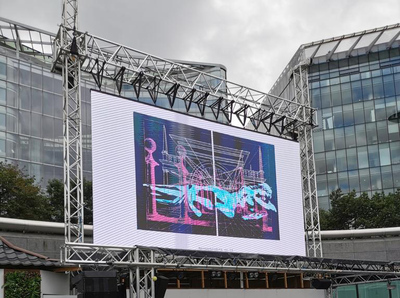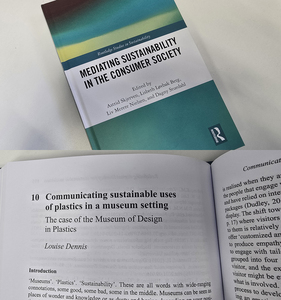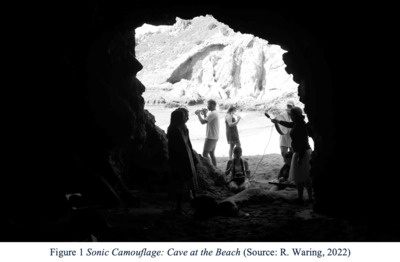The Beaumont Hamel Newfoundland Memorial is a 16.5-hectare (40 acres) tract of preserved battleground dedicated to the memory of the 1st Newfoundland Regiment, who suffered an extremely high percentage of casualties during the first day of the Battle of the Somme in July 1916. Beaumont Hamel Memorial is an extremely complex landscape of commemoration where Newfoundland, Canadian, Scottish and British imperial associations compete for prominence. It is argued here that those who chose the site of the Park, and subsequently reordered its topography, helped to contrive a particular historical narrative that prioritized certain memories over others. In its design, the park has been arranged to indicate the causal relationship between distant military command and immediate front-line response, and its topographical layout focuses exclusively on a 30-minute military action during a 50-month war. In its preserved state the part played by the Royal Newfoundland Regiment can be measured, walked and vicariously experienced. Such an achievement has required close semiotic control and territorial demarcation in order to render the ‘invisible past’ visible, and to convert an emptied landscape into significant reconstructed space. This paper examines the initial preparation of the site in the 1920s and more recent periods of conservation and reconstruction. The author examines precedents for the preservation of battlefields, the spatiality of commemoration and the expectations aroused by such sites of memory. By focusing on the Beaumont Hamel memorial site the author explores several areas of contention: historical accuracy, topographical legibility and freedom of access.
 |



 Lists
Lists Lists
Lists










